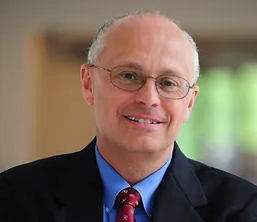Oral
UWRRC
UWRRC Founders' Award & Lecture (Raindrops Keep Falling on my City)
Tuesday, May 20, 2025
7:00 AM - 8:00 AM Alaska Daylight Time (AKDT)
Room: Room 1

Allen P. Davis, Ph.D., D.WRE., P.E., F. ASCE, F. EWRI
Professor
University of Maryland, College Park, Maryland, United States
Author(s)
Bioretention/biofiltration/bioinfiltration is a “low impact” “green infrastructure” stormwater control measure (SCM) employed to mitigate impacts of impervious surfaces. Significant progress has been made over the past three decades in understanding the unit treatment processes in bioretention to allow interpretation of water quality performance. This unit operations approach is exemplified through consideration of particulate matter, phosphorus, nitrogen, metals (copper and zinc), bacteria, PCBs, PAH, PFAS, and thermal reduction in bioretention (and related SCMs). Source evaluation and characterization/speciation of these pollutants in stormwater is necessary to understand their performance in SCMs. As emerging stormwater pollutants continue to be identified, a unit operations approach will help to estimate SCM treatment performance for these pollutants as we understand their physical, chemical, and biological properties. A treatment train approach can offer advantages in addressing stormwater quality.
This presentation will look back at 30 years of research and development on stormwater, bioretention and other SCMS, and treatment media. Advances, collaborations, learning, trials and tribulations, and friendships will be highlighted.
This presentation will look back at 30 years of research and development on stormwater, bioretention and other SCMS, and treatment media. Advances, collaborations, learning, trials and tribulations, and friendships will be highlighted.

